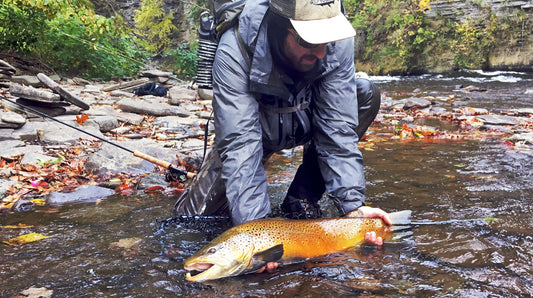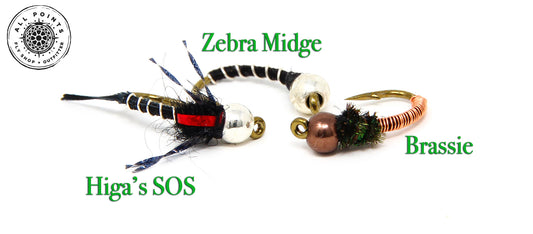All Points Fly Shop + Outfitter Blog

Fly Fishing Waders: A Simple Understanding
Written by: Joe Webster & Josh Thelin / Photo by: Josh Thelin Stockingfoot waders, bootfoot waders, wading pants, neoprene, GORE-TEX, Toray…Where do we begin? With so many options available in...
Fly Fishing Waders: A Simple Understanding
Written by: Joe Webster & Josh Thelin / Photo by: Josh Thelin Stockingfoot waders, bootfoot waders, wading pants, neoprene, GORE-TEX, Toray…Where do we begin? With so many options available in...

Fall/Winter Fly Fishing For Brown Trout & Steel...
While most of our local fisheries here in Maine have either closed or slowed down for winter, things are just heating up in upstate NY for lake run steelhead and...
Fall/Winter Fly Fishing For Brown Trout & Steel...
While most of our local fisheries here in Maine have either closed or slowed down for winter, things are just heating up in upstate NY for lake run steelhead and...

Midges + Winter + The Maine Bar Fly = ?
At our last Maine Bar Fly held at Fore River Brewing, Shaun Baggitt brought us through three nymph patterns. Although these flies are uniquely effective during other times of the...
Midges + Winter + The Maine Bar Fly = ?
At our last Maine Bar Fly held at Fore River Brewing, Shaun Baggitt brought us through three nymph patterns. Although these flies are uniquely effective during other times of the...